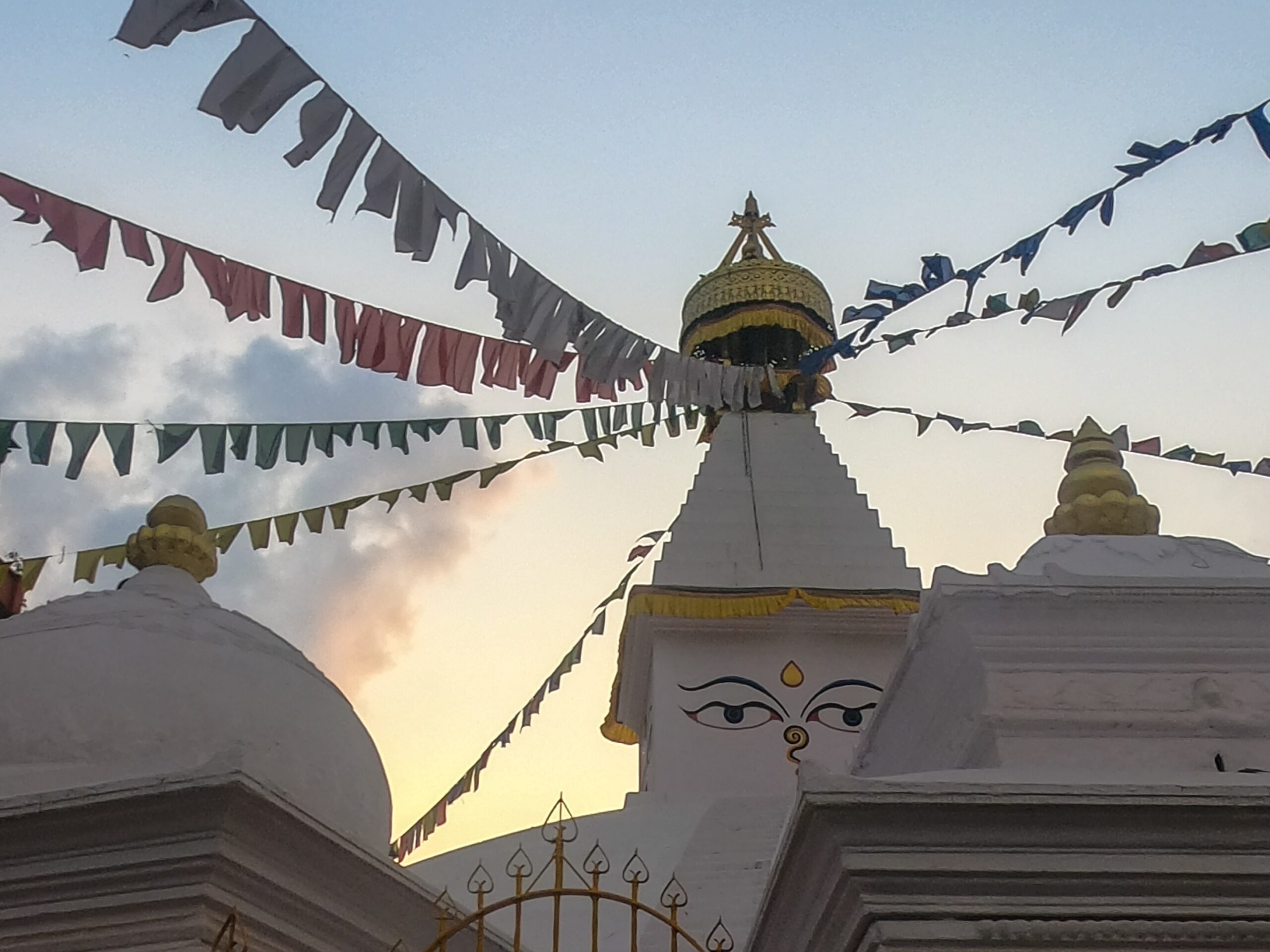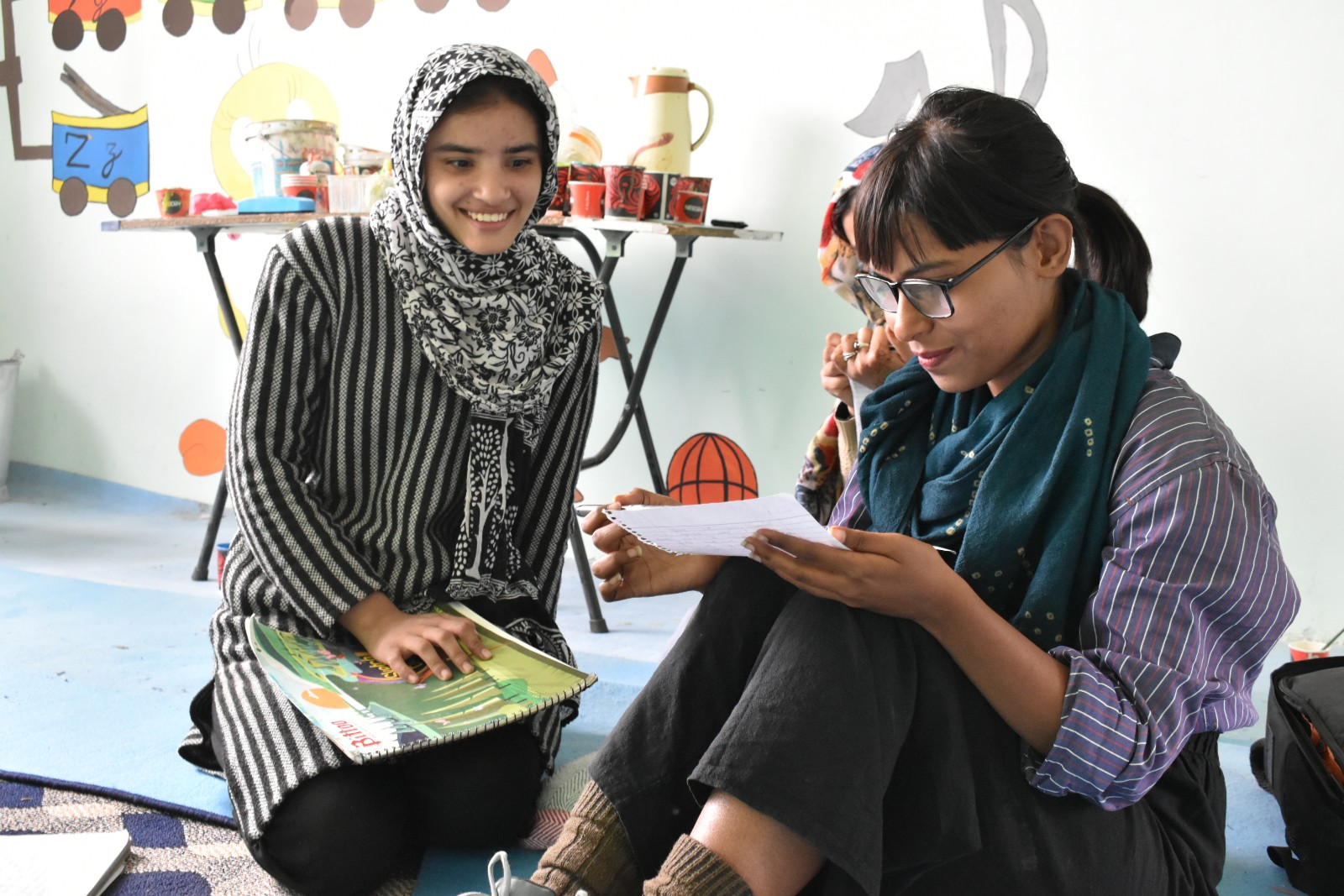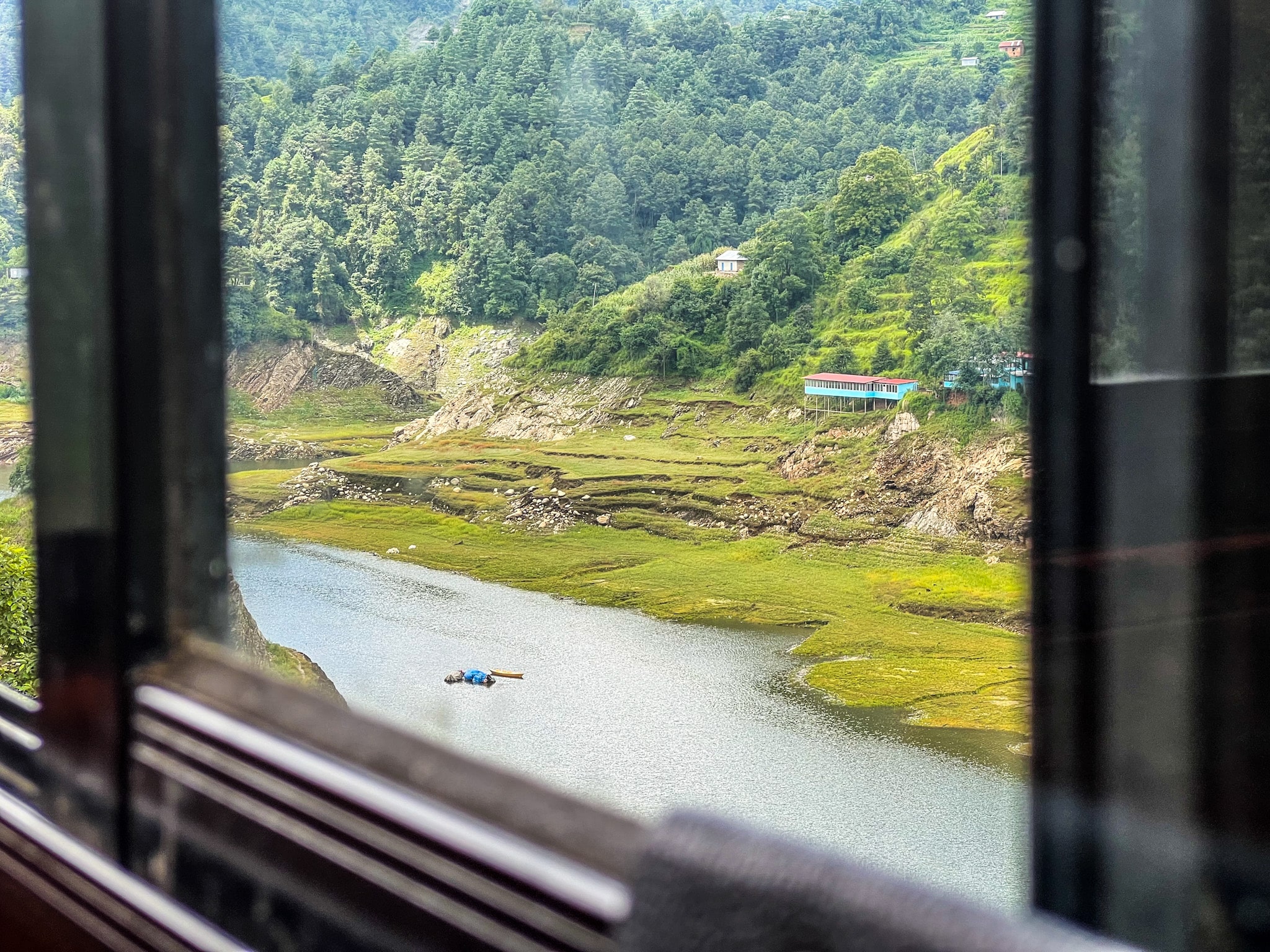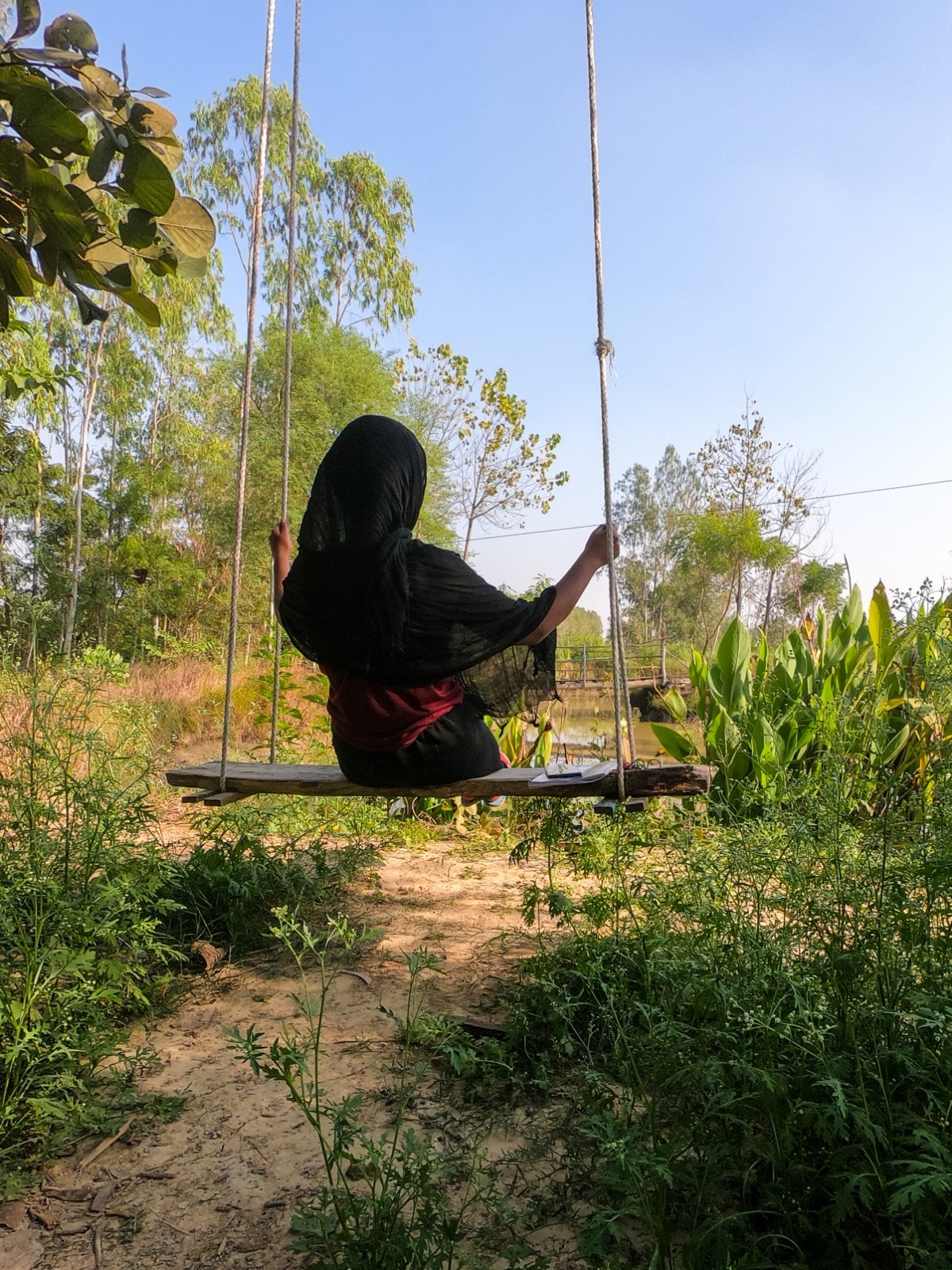Patan – The Age-Old Buddhist Town in Nepal
Patan (Lalitpur) in Nepal. The age-old Patan Durbar Square, and the exquisite wood carvings. A World Heritage UNESCO Site.
Patan, in Kathmandu Valley Nepal
Patan, also known as Lalitpur, is an ancient city of the 3rd Century BC in Nepal. ‘Lalitpur’ means ‘The City of Fine Arts’ or ‘City of Beauty’. Patan was built to the liking of the Buddhist Dharma-Chakra. Located by the shores of the Bagmati River, it is only 15 km away from the thriving city of Kathmandu and also the fourth most-populous city in Nepal.
The establishment of this age-old town in Kathmandu Valley is still a topic worthy of historical dispute. As per the Nepalese Chronicles, King Varadeva founded this wooden town in 299 CE. Some scholars directly associate the origin of Patan with Thakuri, Licchavi, or Malla dynasties.
The timelines are constantly in dispute. But one thing remains clear. Patan is one of the oldest Buddhist cities in the world.
Kathmandu Valley is the tight-knit territory of the Newari people of Nepal. The caste system in Nepal divides the geography into occupation and tradition. The Banra sect of the Newari people of Kathmandu Valley occupies Patan, those who base themselves highly on an agricultural economy. The exquisite wood carvings and metal craftsmanship are dispersed in every alley of this tiny town.
The Story Behind ‘Lalitpur’
Rato Machhindranath, the highly revered deity, was brought from Assam in India by three inhabitants of Kathmandu Valley. One of these three gentlemen was Lalit, without whose efforts the God would not have been established in the present-day Patan. And Kathmandu Valley would continue to face a dry drought. It was believed that Rato could bless the valley with raindrops.
Lalitpur adopted its name from the peasant, Lalit. The statue of Lalit and several temples of Machhindranath can be found all around Patan.
Festival in Patan, Nepal
May is the month when the chariot festival of Lalitpur places an image of Rato Macchindranath on a chariot and pulls it all through the streets around Durbar Square. The festival is called Bunga Dyah Jatra. Most Newari festivals are chariot festivals, but this one is specific to Lalitpur, celebrated all month long.
Also read – A Vegetarian’s Guide to Newari Food in Kathmandu
Patan Durbar Square – A World Heritage Site

Durbar Square is the royal square. Patan Durbar Square is one of the three Durbar Squares in Kathmandu Valley (the other two are in Bhaktapur and Kathmandu). The delicately-crafted wood carvings in all the buildings all over Lalitpur and the narrow alleys still retain antiquity. The square floor is tilled with red bricks. The former royal palace complex in Patan Durbar Square is the nucleus of Patan’s social and religious life. Yet the genesis is again a matter of disagreement. But the Malla kings of Lalitpur are credited with the architectural brilliance. Most of the presiding architecture is from the 1600s, but the Malla royal heads have brought substantial changes to the square.
The 2015 Earthquake caused significant damage to Patan Durbar Square. Many of the temples crumbled, but have popped up now. Before the earthquake, the square had 136 courtyards and 55 temples. Now only a few remain. Krishna Temple, Bhimsen Temple, Vishwanath Temple, and Taleju Temple, to name a few.
Taleju Bell
As you cross the ticket counter from the South of Patan Durbar Square, a huge bell can be spotted, hanging between two stout pillars. It’s called Taleju Bell. The bell was placed in the 1700s after the first bell was moved to Rato Macchindranath Temple. In regal times, the common people would ring the bell to make the king conscious of their grievances.
Hari Shankar Temple
Hari Shankar is a hybrid deity, a mix of Shiva and Vishnu. The temple was constructed by the daughter of then-king Yoganarendra Malla in 1704-1705. This three-storey temple next to Taleju Bell was completely destroyed during the earthquake, but now has been refurbished.
Yoga Narendra’s Statue
In the middle of Patan Durbar Square, a tall column-like brass statue of King Yoganarendra stands with his wife. And a cobra lurking over his head. And a crow on top of the cobra.
Krishna Temple

Completed in 1637, the Krishna Temple was the manifestation of a dream dreamt by the king. In Durbar Squares and all other parts of Kathmandu Valley, the temples are built in pagoda style. Here in Patan, some of the temples have the Indian Sikhara style of architecture as well. Krishna Temple is one of such.
The temple is restricted only to Hindus, and non-Hindus are forbidden to enter. So, I didn’t enter.
Char Narayan Temple
Another Sikhara style-temple in Durbar Square, Char Narayan Temple is also known as Jaggannarayan Temple. This temple was established in 1565 and is dedicated to Vishnu. Various positions of Kamasutra are carved extensively on the walls of the temple.
Bhimsen Temple
The temple has three interconnected golden windows, a feature that distinguishes this temple from the row of temples in Patan Durbar Square. Tourists are not allowed to enter Bhimsen Temple, which is dedicated to Bhim, one of the five Pandavas of Mahabharata. But Bhim is primarily worshipped in this part of Nepal as the God of business and trade.
Vishwanath Temple
The roof of this Shiva temple is decorated with erotic carvings. The entrance to the temple is guarded by two elephants, and the sculpture of a bull; the same pattern predominant in the general progression of temples all over Nepal.
Taleju Temple
Taleju Bhawani, one of the primary deities of Kathmandu Valley, has temples at every corner of Kathmandu Valley. The kings worshipped the idol of Taleju for decades, and now the tradition prevails.
Also read – Thunderstorm at Australian Camp while Solo Camping in Nepal
The Courtyards of Patan Durbar Square
Patan Museum at Keshav Narayan Chowk
Patan Museum is part of the Durbar Square at Keshav Narayan Chowk. It used to be the royal palace of the Malla kings, now the first public museum in Nepal. The exhibits present Nepal’s cultural history and a thorough collection of the Buddhist tradition. On your right from the museum courtyard, a green piece of land leads to two other courtyards, Sundari Chowk and Mul Chowk.
Sundari Chowk

Patan Palace has three courtyards, and Sundari Chowk is the smallest of all. The courtyard adjoining a water tank is revered for its eloquently carved stepwell at the center. Two naga sculptures adorn the circular stepwell known as Tusha Hiti (‘Hiti’ is the bathing place). The water of Tusha Hiti was considered to be as sweet as sugarcane because ‘tu’ in Newari means ‘sugarcane’ and ‘sa’ means ‘taste’. Sundari Chowk was the Malla rulers’ private bathing ground, but there’re disputes regarding that as well. A replica of Krishna Temple shines in the depth of Tusha Hiti.
Mul Chowk

The largest among all the courtyards in Durbar Square, Mul Chowk is the central courtyard. With Vidya Temple at the centre and Taleju deities sculpted against the walls of the courtyard, Mul Chowk also houses the architectural galleries of Patan Museum.
The Sewage System of Patan
The primary water supply of the royal palace, now moulded into the Patan Museum of the 17th century, Bhandarkhal Water Tank is three-stepped. Even though there was no water at the moment, water was supplied through an 820-meter-long pipeline back in the 17th century. The water system comprises interlocking terracotta pipes hidden beneath the streets. Due to lack of maintenance, the water ceased to flow by the 1960s. The system had to be restored in 2010 by excavating and cleaning the damaged and clogged lines, making way for the flow of water again.
This was an integral part of the water architecture known as ‘Royal Channel’. The water would be outsourced from the valley to several neighboring ponds, which gradually would fill out numerous hitis around Patan.
Also read – An Extensive Guide to the Best Places to Visit in Nepal
The Five-Tiered Temple in Patan

Kumbheshwar Temple is one of the only two five-tiered temples in Kathmandu Valley (another one is in Bhaktapur Durbar Square). Pillars of evidence around the temple complex implicate its initiation in the Licchavi period. The word ‘Kumbheshwar’ means ‘Lord of the Water Pot’, the pot is the natural spring in a vase.
The first hit of the earthquake struck in 1802, and this temple in Patan was completely destroyed, but it was rebuilt by a wealthy gentleman and his brothers. A few Licchavi-era statues and the shelter over the entrance gate survived the catastrophe. The second blow was the most recent earthquake in 2015. With Rs. 28.2 million worth of restoration, the present structure was concluded in 2021.
The Monastery near Patan Durbar Square

Just north of the World Heritage UNESCO Site Patan Durbar Square is situated the Buddhist monastery Hiranya Varna Mahavihara, dating back to the 12th century. Locally named as The Golden Temple, it really is the most beautiful in Lalitpur in its literal meaning ‘Gold-Coloured Great Monastery’. It resembles the courtyard temple architecture. The four corners have statues of four monkeys holding out jackfruits as offerings.
The main priest of the monastery has to be a young boy under 12 years of age. He serves for 30 days before another young monk takes over.
The monastery is upstairs, but in the darkness of the room and with a drunken man asking me to buy a candle, I walked down fast!
Also read – Places to Visit in Kathmandu Nepal
The Ashoka Stupas around Lalitpur
As a testimony to an old architectural tradition, Ashoka erected four stupas at four corners of Patan (and one in the middle). More than 2000 years back, Indian Emperor Ashoka, in his pilgrimage to spread Buddhism, left the stupas in Lalitpur, back when Lalitpur was known as Yala.
Only a ten-minute walk away from Patan Durbar Square, the North stupa (Ibahi Thura) can be visited at Pulchowk. The Lagan Thura (South), the Teta Thura (East), and Pucho Thura (West) are the remaining three.
Newari Food in Lalitpur
If you are in Kathmandu, and you haven’t tried out the Newari cuisine already, then now would be the best time to do it! Patan is famous as one of the best towns to serve Newari dishes in Kathmandu Valley.
A huge part of Newari cuisine is for meat-eaters. Newaris love buffalo meat (and alcohol), and in every ‘Khaja ghar‘, you will find Buffalo Mo Mo, Buffalo Chowmein, Buffalo…. everything! But they have quite a few treats for vegetarians like me as well. Here is what I tried in Patan.
Chatamari

In Mangal Bazar, where Patan Durbar Square ends, Yala Layeku Kitchen is modeled in traditional Newari architecture. The place looks exquisite and equally overpriced! But I was pretty beat after 13-14 km of walking (and walked back 10 more km after lunch), and the most-recommended restaurant Newari Kitchen showed me their baskets of meat in the kitchen with no-vegetarian-food-available kind of announcement. I hit Yala Layeku Kitchen, and it was not bad, nothing great either! Chatamari is too dry here, which I realized after having Chatamari at a different place later.
You can have Plain Chatamari, Egg Chatamari, or Chicken Chatamari for Rs. 250, Rs. 300, and Rs. 450 respectively.
Also read – Things to Do in Pokhara Nepal As A Tourist
Where Should You Stay in Patan?
Hostel for Backpackers
- Hostel Next Door (I myself have stayed there. One of the best hostels I’ve stayed in Nepal)
Private Rooms in Lalitpur
How to Reach Patan from Kathmandu
The distance between Kathmandu and Patan is around 10 km. Local buses run from the main city of Kathmandu to Patan on a regular basis. If you want to book a cab in Nepal, then download the Pathao app. You can book bikes and cars there. Or else, just walk!
Patan has one of the three Durbar Squares in Nepal, and is famous for its wood carvings. Ashoka Stupas, heritage plaques and ancient monasteries, Newari food – Patan scores a historic place on Nepal’s timeline.
Have you visited this age-old Buddhist town in Nepal?
Follow my solo adventures on YouTube, Instagram and Patreon.
14 responses to “Patan – The Age-Old Buddhist Town in Nepal”
-
I’ve been to Patan a few times, such a gorgeous little town, I love it and can’t wait to go there again…
-
It’s nice to hear that you have been to Patan. It’s a nice little town!
-
-
I have never been to Patan, and after reading this it is definitely somewhere I would love to visit. I love reading about other places and finding out about them before visiting
-
Yeah, if you are coming to Nepal, especially Kathmandu, Patan is a must-visit.
-
-
Wow this looks incredible! I have always wanted to visit Nepal. Looks so beautiful and such an experience.
-
Yeah, Nepal is beautiful! It’s not just the mountains, architecture is beautiful in here!
-
-
I never knew how many amazing temples there are in Nepal. Would love to visit one day
-
Wow, I never knew there was so much to see in Nepal! I would love to visit some day!
-
All of those temples sound lovely to visit, I love seeing old structures and buildings like this. I’ve never been to Nepal, but it would be amazing to see in person. Lots of great info here and new places to add to a must see list.
-
Thanks for sharing. I was not familiar with this. So this was very interesting. It looks like a wonderful place to visit.
-
Wow this is so detailed. I hope one day to visit Nepal!
-
Really interesting to find out more about the area, looks like a lovely place. I hope that I’m able to visit one day x
-
I hope you visit Nepal too!
-
-
What a neat area to explore. There is so much history and culture here! It is fascinating to see all of the temples and other structures.




Leave a Reply